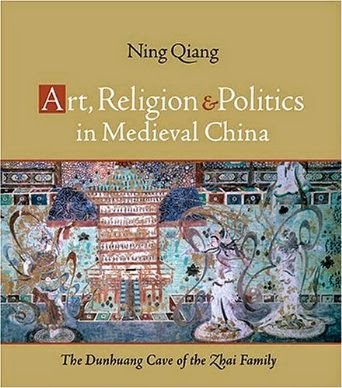Art, Religion, and Politics in Medieval China: The Dunhuang Cave of the Zhai Family
- Hardcover: 256 pages
- Publisher: University of Hawaii Press (31 Mar 2004)
- Language: English
- ISBN-10: 0824827031
The cave-temple complex popularly known as the Dunhuang caves is the world's largest extant repository of Tang Buddhist art. Among the best preserved of the Dunhuang caves is the Zhai Family Cave, built in 642. It is this remarkable cave-temple that forms the focus of Ning Qiang's cross-disciplinary exploration of the interrelationship of art, religion, and politics during the Tang. In his careful examination of the paintings and sculptures found there, the author combines the historical study of pictures with the pictorial study of history. By employing this two-fold approach, he is able to refer to textual evidence in interpreting the formal features of the cave-temple paintings and to employ visual details to fill in the historical gaps inevitably left by text-oriented scholars. The result is a comprehensive analysis of the visual culture of the period and a vivid description of social life in medieval China. The original Zhai Family Cave pictures were painted over in the tenth century and remained hidden until the early 1940s. Once exposed, the early artwork appeared fresh and colorful in comparison with other Tang paintings at Dunhuang.

No comments:
Post a Comment